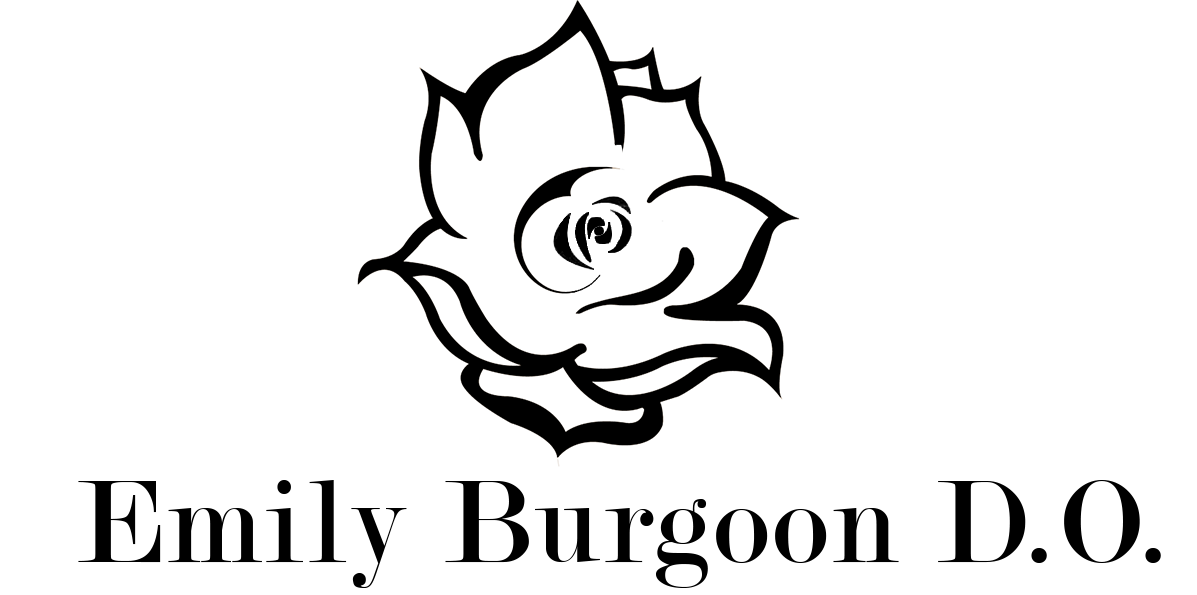We offer both systemic regenerative treatments such as peptide therapy and localized injection treatments including prolotherapy, ozone (Prolozone), neural therapy and other regenerative injections.
PEPTIDES are synthesized replicas of our body’s cellular signaling proteins that are used to reverse specific disease or aging processes at the cellular and intracellular level. These may be administered by subcutaneous injection, orally, topically or by nasal spray depending on the peptide and therapeutic goal. Peptides can be used to repair injured joints, muscles, nerves or internal organs. Other peptides can be used to improve growth hormone production and secretion, regulate immune function in autoimmune disorders, help fight infections, improve energy and promote weight loss, restore hair loss, improve memory, decrease brain inflammation, repair neurodegenerative diseases, etc. There are multiple peptides that can be used for many different purposes in disease management and anti-aging medicine.
Injection Therapies?
Injection therapies offered include prolotherapy, ozone (Prolozone as taught by the American Academy of Ozone Therapy), and neural therapy.
Prolotherapy: injection of a proliferative medicine into and around a joint, spinal segment or other area of injury for the purpose of stimulating the body to regenerate the weakened or injured tissue. Prolotherapy works by stimulating an inflammatory response that attracts the fibroblasts (cells that make new connective tissue) to the location of the injection. In this way we can strengthen the overstretched and injured ligaments and tendons around a joint, improving stability and relieving pain. We can also stimulate regeneration of the cartilage within a joint and potentially arrest the development of degenerative arthritis. See osteopathic approach to injections below.
Prolozone: injection of procaine solution followed by ozone gas, as taught by Frank Shallenberger M.D. and the American Academy of Ozone Therapy. Ozone has additional benefits of improving mitochondrial function, tissue oxygenation, ability to fight infections, and dramatic pain reduction, which makes it an ideal complement to combine with both neural therapy and prolotherapy. It is additionally an excellent treatment for any patient with chronic infections and inflammation exacerbating pain and joint dysfunction.
Neural Therapy injections using the local anesthetic procaine or other injectable medicines to resolve interference in healthy body function. Often these are imbalances in the autonomic (involuntary) nervous system that cause pain, compromised healing, compromised tissue detoxification, compromised blood supply to tissues or organs, compromised organ function, etc.. These imbalances can result from physical or emotional trauma, surgery, toxic exposure, infections, etc.. Neural therapy may include injections into scars, injections around nerve ganglion, injections around painful joints. Segmental therapy modifies the blood supply to deeper tissues by injecting small amounts of procaine into the skin. This signals through the sympathetic innervation in the skin to open blood supply to a joint or internal organ that has constricted blood supply and is expressing pain or disease.
Traditional Injections: Dr. Burgoon also offers conventional injections of local anesthetic and steroid combination into muscle trigger points or areas of joint pain. In certain conditions this is the most effective management.
Osteopathic Approach to Injection Therapies
It is important to distinguish the increased efficacy of palpatory diagnosis and accurate injection placement that comes with an osteopathic approach to injection therapies. Many practitioners have been trained to place an injection only into the joint space. Although it involves less training, effort and time, this is a limiting approach in terms of efficacy and pain relief.
There are two considerations that make this approach sub-optimal: first, it is the ligaments and tendons around a given joint (whether spinal in degenerative disc disease or a peripheral joint such as a knee) that hold the joint stable and prevent excess wear and tear on the cartilage and/or disc during movement. Injecting into the joint space only does nothing to address this primary cause of joint degeneration. Second, most of the pain receptors are in the ligaments and tendons in and around a joint, not the articular surface of the joint. When we sustain an injury that leads to pain and eventually arthritis, the trauma stretches and may tear to varying degrees the ligaments that hold that joint together. This causes pain because the pain receptors in those ligaments are constantly being stimulated as the excessively loose ligaments are stretched abnormally and allow more play in the joint then was previously present.
The joint instability that results from abnormally stretched and loose ligaments and tendons then causes more wear on cartilage and on the joint space in general, leading to degeneration of cartilage and other arthritic changes such as bone spurs. Bone spurs and other proliferative arthritic joint changes can be seen as the body’s way of trying to stabilize a joint that has too much movement because of injured ligaments.
The above information builds a foundation for understanding why it is more important as a prolotherapy practitioner to accurately diagnose tender ligaments and tendons around a joint by palpation and to inject into all of those, than it is to use an expensive injection agent. The purpose of injecting the ligaments is to stimulate regeneration and strengthening of those weakened connective tissues. Injection into the joint space is part of the process in order to assist regeneration of cartilage, but without also injecting all the relevant ligaments and tendons the results are limited. Any joint injection we do will likely also involve at least five and likely more than ten sites of injection for different ligaments and tendons in and around the joint.
